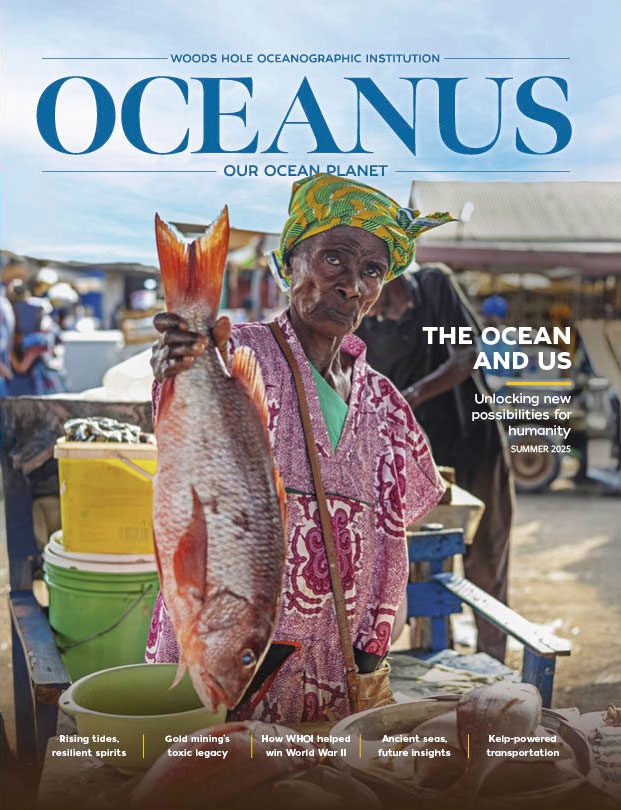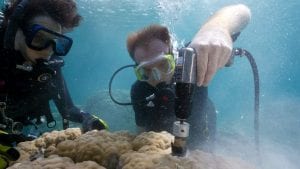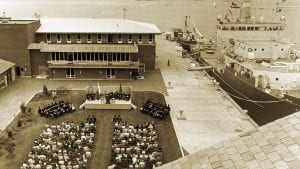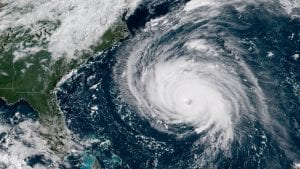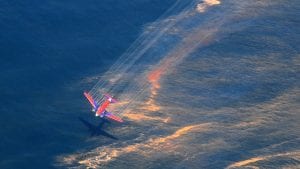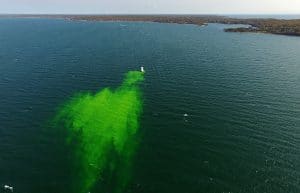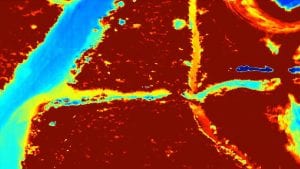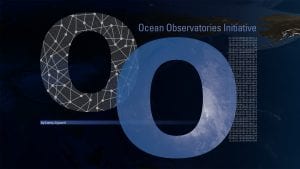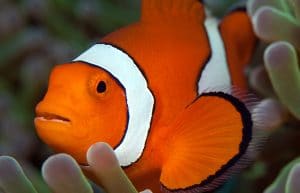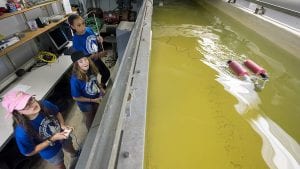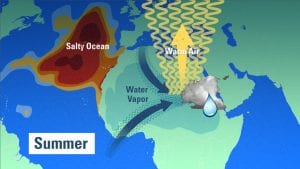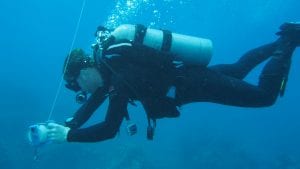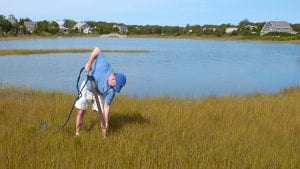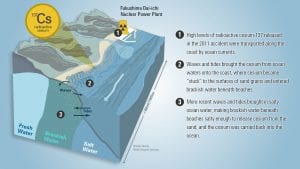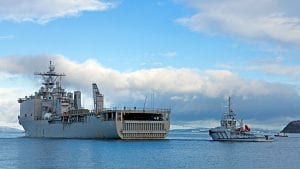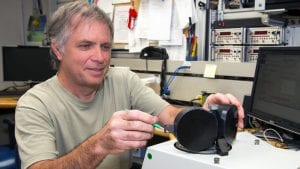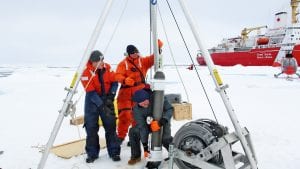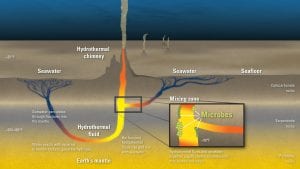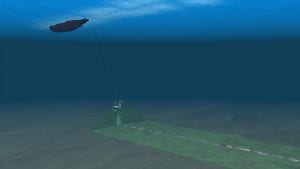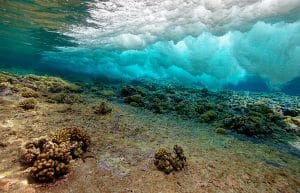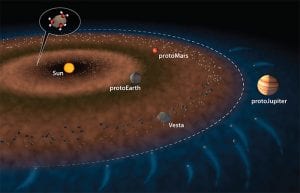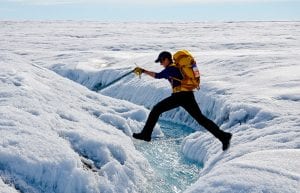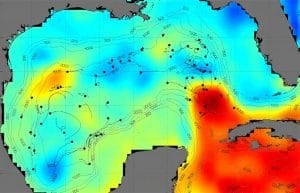Lonny Lippsett
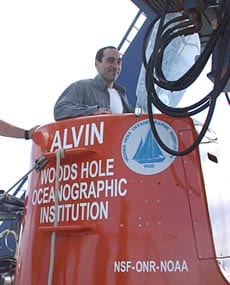
In 1946, Dr. Herbert Lippsett, only brother of Dr. Murray Lippsett, married Dr. Shirley Cohen, only sister of Dr. Jack Cohen, and they begat Dr. Paula Lippsett and Dr. Stuart Lippsett. A few years later in Brooklyn, N.Y., they begat Laurence Lippsett (nicknamed Lonny), whose slots in a cradle and in medical school were simultaneously bestowed at birth. But he was clearly a changeling, who delighted in words and stories.
As an undergraduate at the University of Albany, he took all the requisite pre-medical science courses, but completed his degree in an even more arduous major: Not-Becoming-a-Doctor. After earning a master’s degree in journalism at Columbia University in 1981, he worked at several daily newspapers in Connecticut. But whenever stories with any science angle popped up, editors scanned the newsroom for a reporter who realized that some genes were stored in chromosomes, not closets, and they tapped Lippsett.
After nine years as a reporter and editor, he returned to Columbia and the Lamont-Doherty Earth Observatory to cover science full time. He edited an oral history of Lamont-Doherty, taught journalism at the University of Connecticut, and has written (and ghost-written) for magazines such as Scientific American, Scholastic Science World, and Sea Technology. In 1998, the currents of life brought him to Woods Hole Oceanographic Institution, where he finds ample opportunities to tell great stories and to convey the importance, excitement, and poetry of science. With WHOI chemist Chris Reddy, he co-teaches a class for Ph.D. students in the MIT/WHOI Joint Program in Oceanography called How Not to Write for Peer-Reviewed Journals.
He lives in Falmouth where he raised two daughters with his wife, a journalist with whom he once shared a newsroom desk and now shares a home, a life, and an ongoing conversation sprinkled with literary references and double entendres. His addictions include reading, exercise, theater, and baseball.
